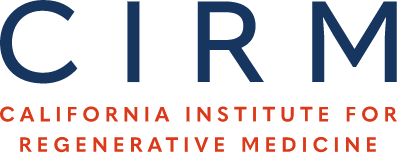Bioengineering technology for fast optical control of differentiation and function in stem cells and stem cell progeny
Embryonic stem (ES) cells potentially could provide clinically important replacement tissue for central nervous system (CNS) disease treatment, and regenerative medicine approaches involving ES cells have been suggested for common…



